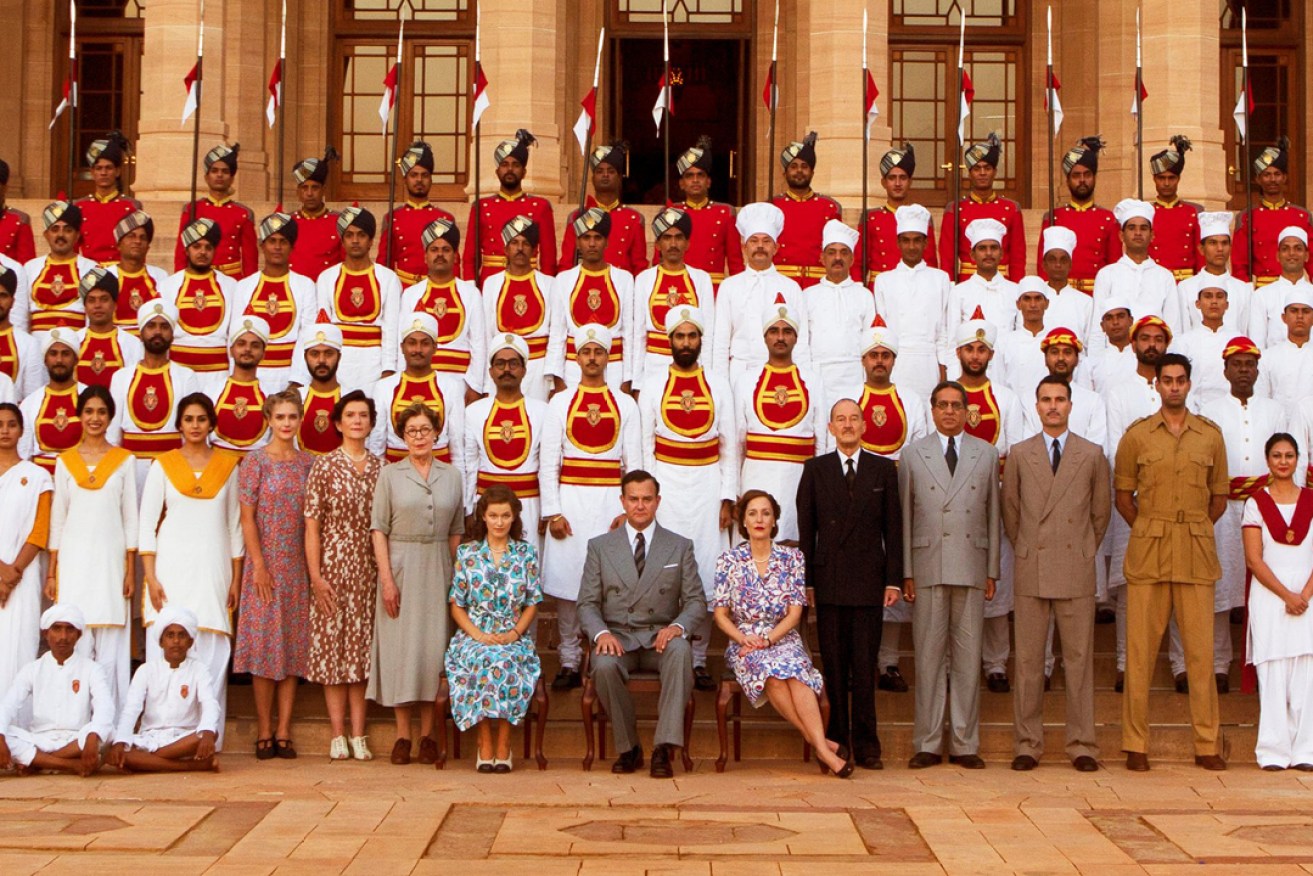Film review: Viceroy’s House
Historical drama Viceroy’s House uses an ‘upstairs downstairs’ storyline to offer an intimate exploration of the catastrophic events surrounding the partition of India.

The year is 1947 and the key player of this saga is Louis “Dickie” Mountbatten (Hugh Bonneville). The great-grandson of Queen Victoria, he is charged with guiding the transition to a peaceful, independent India. He arrives with his wife Edwina (Gillian Anderson) and daughter Pamela (Lily Travers) to take his place as the last Viceroy of India.
As it happened, the transition – which saw colonial India partitioned into the Hindu-majority India and Muslim-majority Pakistan – was anything but peaceful. Amid colossal religious disputes, there was widespread death, famine and the displacement of millions of people.
It is no easy feat to make a film on the partition of India deeply personal, considering it had a direct impact on around 390 million citizens. However, director and co-writer Gurinder Chadha succeeds in doing so by drawing audiences into the confidences of an “upstairs downstairs” narrative, à la Downton Abbey.
The characters of Mountbatten’s manservant Jeet (an impactful performance by Manish Dayal) and assistant Aalia (Huma Quereshi, in an equally convincing turn) play out a star-crossed lovers’ tale. He is Hindu and she is Muslim. Their “downstairs” roles ensure that the citizens whose future is so uncertain get deserved screen time.
Strikingly shot, the film is reminiscent of television drama The Crown in its cinematography and enriched period design. The setting is Viceroy’s House – an opulent, 340-room palace which was the residence of the Viceroy of India for around 300 years during British rule.
Chadha, whose family was affected by partition, is known for films with East-meets-West themes, such as Bend it Like Beckham, Bride & Prejudice and Bhaji on the Beach. In Viceroy’s House, she has ensured the Indian and Pakistani characters are portrayed with a dignity not always evident in previous films depicting British rule in India.
Chadha has also succeeded in harnessing solid performances from most of her cast, including Michael Gambon, Simon Callow and Gillian Armstrong, who is outstanding as the formidable Lady Edwina. However, Hugh Bonneville’s Lord Mountbatten is perhaps too sympathetically drawn; it is hard to buy he is fresh out of his role as Supreme Allied Commander during World War II.
During heated talks with Gandhi, Nehru (India’s first prime minister) and Jinnah (Pakistan’s first governor-general), Mountbatten frets and sweats a lot – yet he is depicted as being almost blameless, with the crux of the mishandling blamed on other leaders.
The dissolution of the British Government in India may be too sizeable an event to accurately portray, especially given is incredibly sensitive and highly political. Chadha has already been accused by some of distorting the facts, but she does include real footage, which is heartbreaking but also helps to redeem the film.
Despite the complex nature of historical conflicts explored, Viceroy’s House is worth seeing. It should spark conversations and perhaps renewed dismay at how partition was handled.




